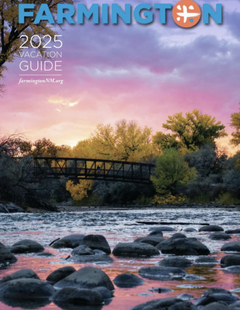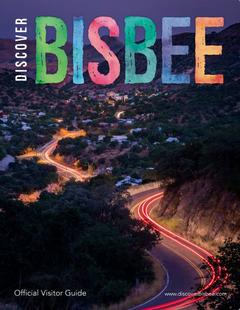Carlsbad Caverns National Park showcases one of the most spectacular collections of caves anywhere in the world and draws over 700,000 curious visitors per year. Protecting over 100 caves with intricate stalactite and stalagmite formations Carlsbad Caverns was once the site of a complex ocean reef. Long after the waters receded, the area experienced a geologic uplift when the Guadalupe Mountains were formed, which disrupted the buried limestone reef and allowed for water to percolate through the sedimentary layers. Eons of undisturbed water erosion has created the caves, amphitheaters, tubes, and stalactite/stalagmite formations (some pushing 60 feet in size) including Lechuguilla Cave which is the deepest limestone cave in the United States at 1,567 feet.
The Carlsbad Caverns were lightly explored over the past 1000 years by the Native Americans, though they were not deeply studied until the turn of the 20th century. Pioneer interest was sparked in the caves due to their rich deposits of bat guano near the entrances as guano mining was a lucrative activity for several years before transportation costs outweighed the effort to harness this resource. Luckily, the majority of the cave systems were undisturbed by the mining and the caverns achieved park status in 1930. Today a visit to Carlsbad Caverns is guaranteed to amaze and impress. Self guided tours allow visitors to wander around several of the larger amphitheater style caves and get a sense of the immense power of erosion. Visitors wishing to delve further into the cave systems can do so on a guided tour, some of which require crawling, water crossings, ladder climbing and free climbing. On the surface, visitors will find a handful of hikes which explore the landscape above the caverns which range from easy and short to moderately difficult and a full day long.
Another unique and popular surface activity here includes watching the evening mass exodus of the millions of bats that hole up in the caves during the daylight hours of summer. The best bat flights normally occur in July and August. At this time baby bats, born in early summer, join the flight along with migrating bats from colonies further north. Prior to the evening bat flight, a program is given at the cavern entrance by a park ranger. The starting time of the talk varies with sunset?it is best to call the park or check at the visitor center for the exact time. Programs may be canceled in the event of inclement weather. Bat flight programs are scheduled from Memorial Day weekend through mid-October. There is no charge for the bat flight program. In late October or early November, the bats migrate to Mexico for the winter; they return in April or May, depending on the weather. The daily pre-dawn return of the bats is different from the evening exit flights but are just as impressive. Early risers can see the bats as they re-enter Carlsbad Cavern with spectacular dives from heights of hundreds of feet. Individual bats diving in from every direction may reach speeds of 25 mph / 40 km/h or more. Flash photography is not permitted at the program, nor are flash cameras. The flash disturbs the bats exiting and re-entering an important maternity roost. Spaces to accommodate people using wheelchairs are located at the entrance to the amphitheater. Restrooms are available and fully accessible. Pets are not allowed in the amphitheater area.
Visitors to Carlsbad Caverns National Park will find limited facilities at the entrance town of White City, with the town of Carlsbad the best bet for dining and accommodations. The park is accessed by way of Carlsbad on southbound US Highway 285 to the National Parks Highway. Visitors should check with park rangers for more information on specific cave systems, guided and self guided tours and fees, and rules & regulations that govern the park.

























